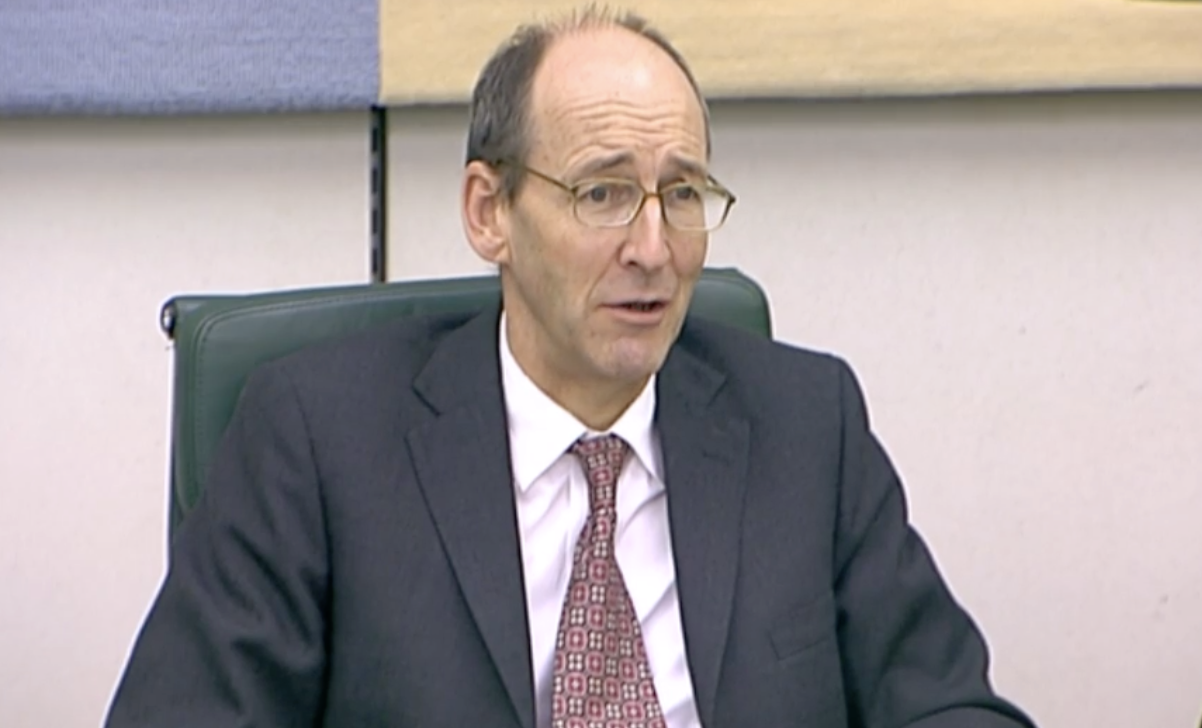George Osborne defends blocking analysis that shows how much money he takes from the poor and gives to the rich
The Treasury no longer publishes a core part of its distributional analysis

Your support helps us to tell the story
From reproductive rights to climate change to Big Tech, The Independent is on the ground when the story is developing. Whether it's investigating the financials of Elon Musk's pro-Trump PAC or producing our latest documentary, 'The A Word', which shines a light on the American women fighting for reproductive rights, we know how important it is to parse out the facts from the messaging.
At such a critical moment in US history, we need reporters on the ground. Your donation allows us to keep sending journalists to speak to both sides of the story.
The Independent is trusted by Americans across the entire political spectrum. And unlike many other quality news outlets, we choose not to lock Americans out of our reporting and analysis with paywalls. We believe quality journalism should be available to everyone, paid for by those who can afford it.
Your support makes all the difference.George Osborne has defended scrapping an official analysis that shows how much money his budgets take from the poor and give to the richest.
The Treasury used to publish a so-called distributional analysis with its budgets and autumn statements that included a clear chart showing the impact of all changes on the incomes of all groups – from the poorest to the richest.
While the document is still published in name, the Government stopped publishing the core part of the analysis after the general election.
The scrapping coincides with independent analyses showing the Government's recent budgets have tended to redistribute away from the poor and towards higher earners.
The Chancellor was accused of having “moved the goalposts” on equality by Andrew Tyrie, the respected Conservative MP who chairs the Treasury Select Committee.
Mr Osborne argued that showing how much was being taken or given to each income group gave the impression that deficit reduction was a bad thing – and that it was therefore right for it to be scrapped.
“The problem with the distribution that we were publishing is that it assumed that … attempts to reduce borrowing were a bad thing,” he told a post-Budget hearing of the Treasury Select Committee.
“That in my view was too narrow a perspective and we therefore published, as you are well aware, a different approach that shows the proportion of public services that the IFS don’t model that go to the income quintiles and the proportion of taxes.
“What that shows is that for the poorest people they have received the same share of government services and the richest people have paid more in tax. I think that is a fair approach to fiscal consolidation.”
Mr Tyrie said the Chancellor had not produced “much evidence” to show that the new approach was better.
The Chancellor also declined to release more details about how the new model actually worked – telling Mr Tyrie that he would likely be “disappointed” if he pressed the Treasury for more information.
The original distributional analysis was begun in 2010 under the Coalition but was scrapped after the Liberal Democrats left government.

The respected Institute for Fiscal Studies think-tank now independently publishes the old-style distributional analysis in the days following the Budget.
Their analysis of the 2016 Budget found that many households in the bottom 20 per cent of earners would end up losing 12 per cent of their income by 2019, while households in the top half of the income scale would not lose anything.
Paul Johnson, the director of the IFS, said: “Raising the threshold for paying higher-rate tax is clearly helping people in the middle- and upper-income brackets, while the cuts to benefits reduce the incomes of families on lower incomes.”
Work and Pensions Secretary Iain Duncan Smith resigned on Friday – and issued a warning that the Government was unfairly balancing the books on the backs of the most vulnerable in society.
Mr Duncan Smith himself was also however accused of moving the goalposts last year – when he changed the measure the Government used to monitor child poverty so that it no longer took into account actual financial poverty.
Instead, a new measure will only take into account social factors such as worklessness and education.
Join our commenting forum
Join thought-provoking conversations, follow other Independent readers and see their replies
Comments